But if you want my quick take on it, it’s this: Whether Trump is wolfing down Big Macs on the Mar-a-Lago golf course or bargaining for bootlegged tanning lotion in prison, he will be the GOP nominee. Don’t give into magical thinking and never stop the fight to beat him at the ballot box. First, the trial itself. It’s happening in Miami. A hotbed of Trump voters, MAGA radicals, skells (tramps), boat-paraders, and people terrified of dead communists and imaginary communism. (By the way, I love Miami, I really do. But I’ve got to call this place how I see it.) Rick Wilson June 2023.
Mar-a-Lago – bought by Trump in 1985 at more than 62,000 square feet, with 58 bedrooms, 33 bathrooms, 12 fireplaces, three bomb shelters, and a 29-foot-long marble top dining table, the house is extravagant to say the least. It is the 22nd largest house in the US – the White House comes in 33rd place. – Not Alternative Fact
In response to Rick Wilson’s “By the way”, I thought I would write about my time in Miami at a time when Trump was still a two-bit grifter. Nor when Miami was the warlock’s crucible.
I have passed through Miami more than once – even taken a Concorde flight out of there to New York on my way to London. However, this occasion was the one time we had time to do some sightseeing. We had just come back from Cuba in an unmarked Delta airline plane – nevertheless a commercial fight. As the flight attendant said to us at the time, Delta flew to Havana every day. On arrival in Miami, having been duly warned that if we had any Cuban rum or cigars in our luggage, it would most likely be confiscated, we found that there was no-one from customs on the gate barring our way into Miami. In any event, we don’t smoke, and we had enough mojitos in Cuba to last a lifetime.
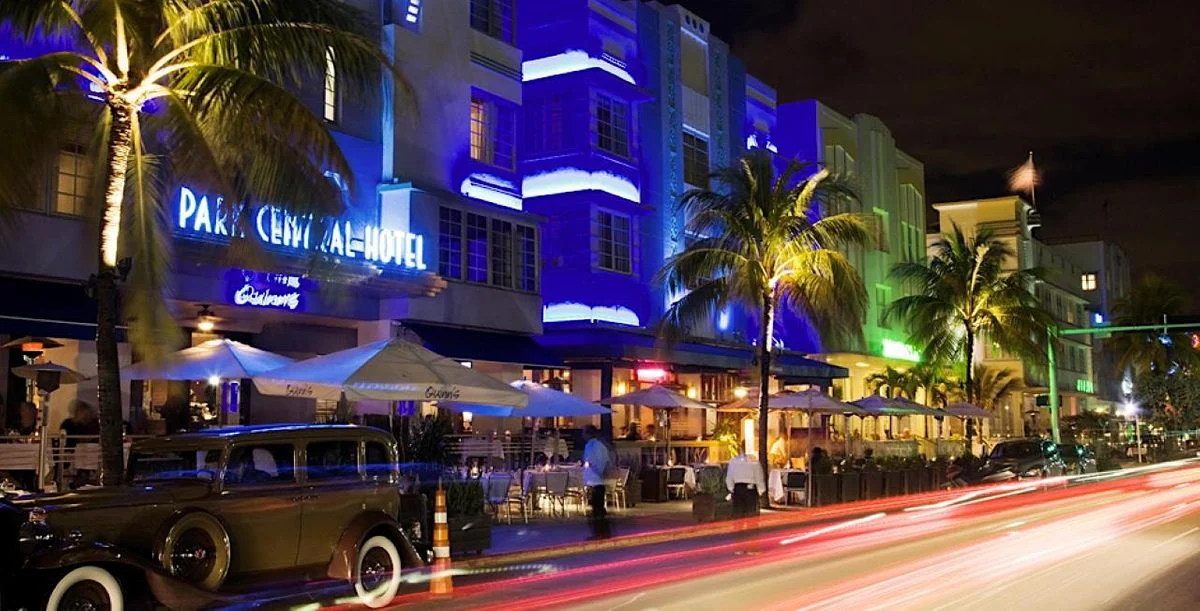
This time we had decided to go on to New York by train, stopping off in Savannah. In the meantime, we went for a stroll along 17th Street downtown, the weather being perfect, to see some of Miami. We had lunch at one of those places where the food is barbecued rib, the drink is beer or bourbon, and the music is loud and country. More Texas than Miami, but Miami is cosmopolitan, a shelter against the winter for the aged, a playground for the rich and a refuge for the colourful.
As we walked down towards Miami Beach, we stopped by the Cadet Hotel emblazoned with Clark Gable memorabilia, remembering the time he was there as an instructor of the recent inductees in the air force. The year was 1942, and he was still mourning the loss of his wife, Carole Lombard, who had been killed the year before in a plane crash.
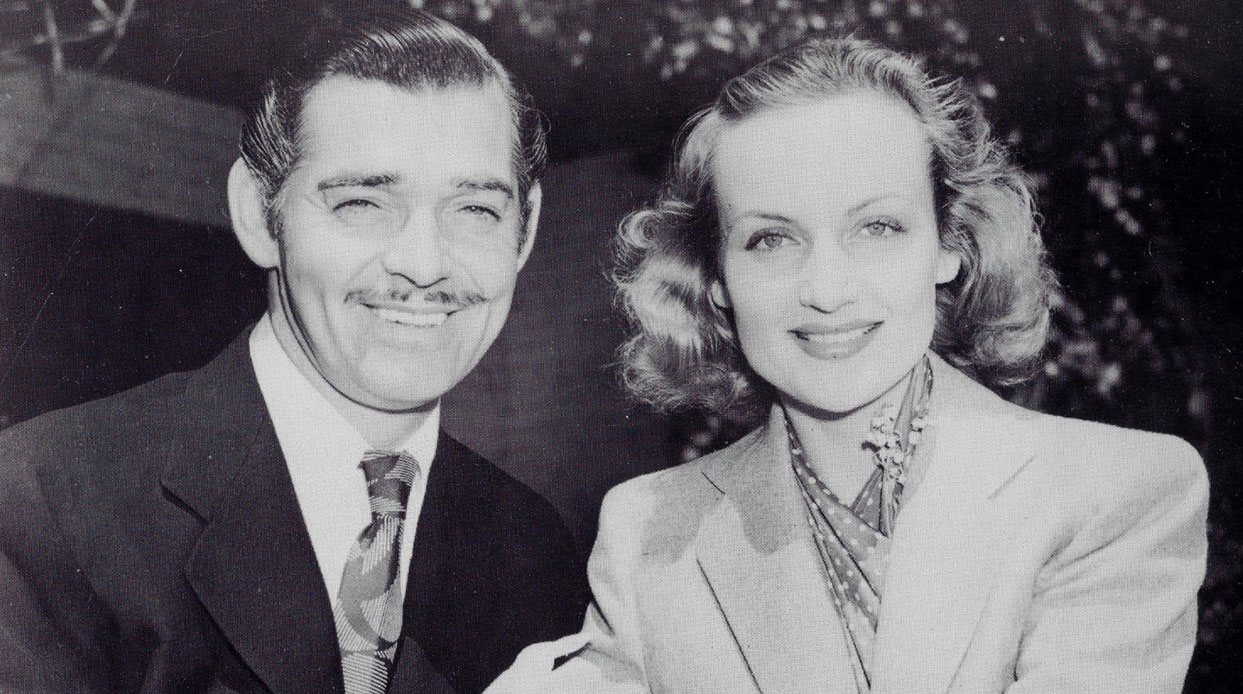
Gable went on to serve for most of WWII, seeing action in Europe. As we looked in on the reception area of the Hotel, there is no doubt that Gable had a charisma, which belied the fact that he had had all his teeth extracted and his leading ladies had to be inoculated against a cloud of halitosis. Still, I remember that film “It Happened One Night” which starred Clark Gable and Claudette Colbert and that it was the first of only three films which have won the five Oscars – best film, best director, best actor, best actress, best screenplay.
Clark Gable has always had a place in the lexicon of my memories because I saw the film “Soldier of Fortune” when I was in Hong Kong in 1956, the film itself being an adventure story of Gable playing the title role opposite Susan Hayward in a story where Gable rescues her screen husband, Gene Barry from the clutches of the Chinese Communists. I most remember the scene at the top of the Peak in Hong Kong where Gable is expressing ruggedly his love for Hayward. Imagine my chagrin to find out that Hayward remained in Hollywood the whole time the picture was filmed, and Gable was romanticising a Hayward double – her screen sosia.
Looking at the photograph of Gable, his distinctive expression walks the line between sagacity and salacity, but I was not the first to gaze. Judy Garland sang to his photograph in Broadway Melody – “You made me Love You”. Well, not that I sang, I might add; and my wife has never liked him. This is a slightly troublesome matter since Judy was only 15 when she recorded the song. But the teenage crush has history, and I would have preferred Grace Kelly, the first choice for the “Soldier of Fortune” heroine, but which she declined. Then I had only just turned 17 and Grace Kelly was 25 years old.
But let’s continue walking.
We stopped off on the lawns outside the Frank Gehry designed New World Centre where we listened to the New World Symphony rehearsing and the music being piped outside to those of us who stopped to listen. We did not expect to be listening to a piece of old world music in a beach resort not famed for its cultural attainment.
Well, back to reality. By that I mean Miami Beach – a wide strip of sand lined by fenced-off villas where the rich, the famous, the colourful and the pyrites reside. There is something foreboding about high walls, with palm trees and the white stuccoed storied homes poking their heads above the parapets. In the distance is the sea, a pale blue ribbon cast against an equally azure sky, with a wisp of cloud interrupting the blue.
Beguiling. Well, yes, but really depends on when one visits.
Here in Miami the 1926 Great Hurricane left its calling card, precipitating the end of the Florida land boom and the start of The Great Depression three years early. Miami was wiped out and it is salutary to think that a comparable hurricane today would leave little change out of US$250 billion. Despite Miami being recognised as one of the most vulnerable cities in the United States to experience hurricanes, the only other one which has been classified as severe and centred on Miami was Cyclone King in October 1950, which caused severe damage but not comparable with that of 1926.
In recognition, the University of Miami has adopted Hurricanes as its nickname for all its sporting teams, but the touch I like the most is that the mascot is an ibis named Sebastian, since the ibis is the first bird to leave when a hurricane is imminent and the first to return after the hurricane has passed.
I wonder what the status of the ibis population is at Mar-a-Lago these days.

Antwerp
I have been to Antwerp twice, once in the early seventies when we were travelling through Europe and the United States, the first time, my then wife had been back to Europe from which she had come – from a British displaced persons camp in Carinthian Austria. Arriving in Australia she was unable to speak English but, as I found fluent in Slovenian and German with an Austrian accent. A medical graduate and PhD in pharmacology, she had her research papers accepted for several conference presentations, whereas I scored zero. No matter; it just meant I could track along without having to give a paper to a half empty theatre or back room. I remember that we went to Antwerp that trip, and it was somewhat comical walking through the Munich airport, past all the big planes, down the stairs, across the tarmac to the DC-3 – our air chariot dwarfed on all sides by its younger siblings.
My strange memory of that visit was having walked around a sculpture garden with all the shapes and forms representative of the interpretative impenetrability of some of this modern sculpture, I escaped from the park by climbing through a fence onto a major thoroughfare. Having been sensitised to the bizarreness of the display, the utilitarian throughway structures were replaced by my surreal vision of them. The street with all its tubular forms, interlacing overhead wires, lights changing like giant eyes – all the street architecture which we normally ignore or accept had, to me, become the workshop of the absurd. I hasten to add I don’t do drugs, nor had I been drinking.
I had spent several hours accustoming myself to these sculptural forms, and when I emerged onto the streets, it seemed to me just an extension of what I had been looking at. It was a sensation that I’ve never had since. I do not have the imagination to concoct the vision of the great architects, but I understand the meaning of “surreal”. After all, we may be induced to say something is “surreal” when it is just something that one has never experienced; whereas surreal is a departure in a different sensory experience. I remember looking at the overhead tram wires and the stanchions and thought what if these had been placed in the garden, dimensions changed or left as stark forms amid the wooded lawns where the rail lines would lead nowhere – a phantom silvery transport system hidden under a cascade of blue leaves. Then I shook my head and followed the tram line back to our hotel to find out how my wife had gone with her presentation.
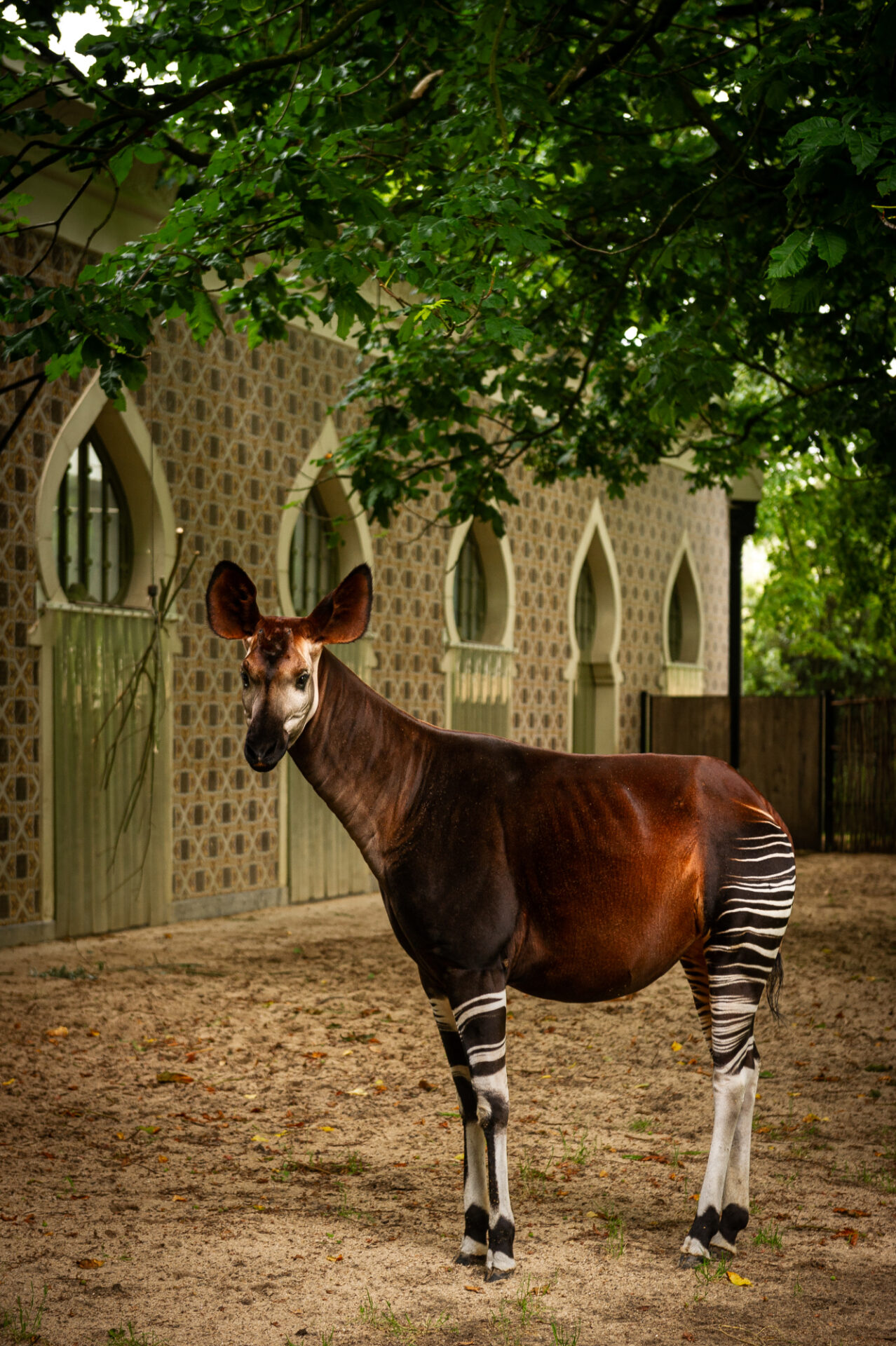
The second time, my second wife and I ended up in Antwerp, because we were travelling to Cambridge. Qatar Airways had a “special return flight” from Sydney to Brussels. Having a few days to spare, we went to Antwerp by train. We stayed across the railway square in the Blu Astrid Hotel. What made this foray worthwhile was that the Antwerp Zoo was close to the railway station. The Antwerp Zoo has probably the largest number of okapi in captivity as part of a breeding program. The okapi is the only known relative of the giraffe and its natural habitat is the Congo jungle. Given that the Congo was colonised by the Belgians, it is not surprising that the first okapis were brought to Belgium. There were five or six okapis in what I thought was a generous enclosure. The total area of the Zoo is 10 hectares. However, zoos will always be imperfect, as animals are for all intents incarcerated so that we humans can stare at them.
The okapi, much smaller than its relative giraffe, was first discovered in 1901. It has a striking appearance, being almost burgundy in colour with striped legs. It’s also worthy of study, because its long term future may depend on its ability to breed in captivity. The female okapi is said to be choosey in her choice of mate, and there is not much choice in a zoo.
My wife does not much like zoos and having watched the okapi pacing around in a stressed manner, that was enough for her. She had spent a decade photographing wildlife in Africa, and hardly needed to visit an urban zoo. Okapi were an exception; she was not likely to see one in the wild unless she wandered through the Ituri Rain Forest in the Congo.
However, she does like flamingos, which we had seen in the wild, both in the south of France and in the salt pans of the Atacama Desert in Chile. Caribbean flamingos near the entrance of the zoo, attracted attention because of the noise and their vivid vermillion in colour – they seemed chatty enough.
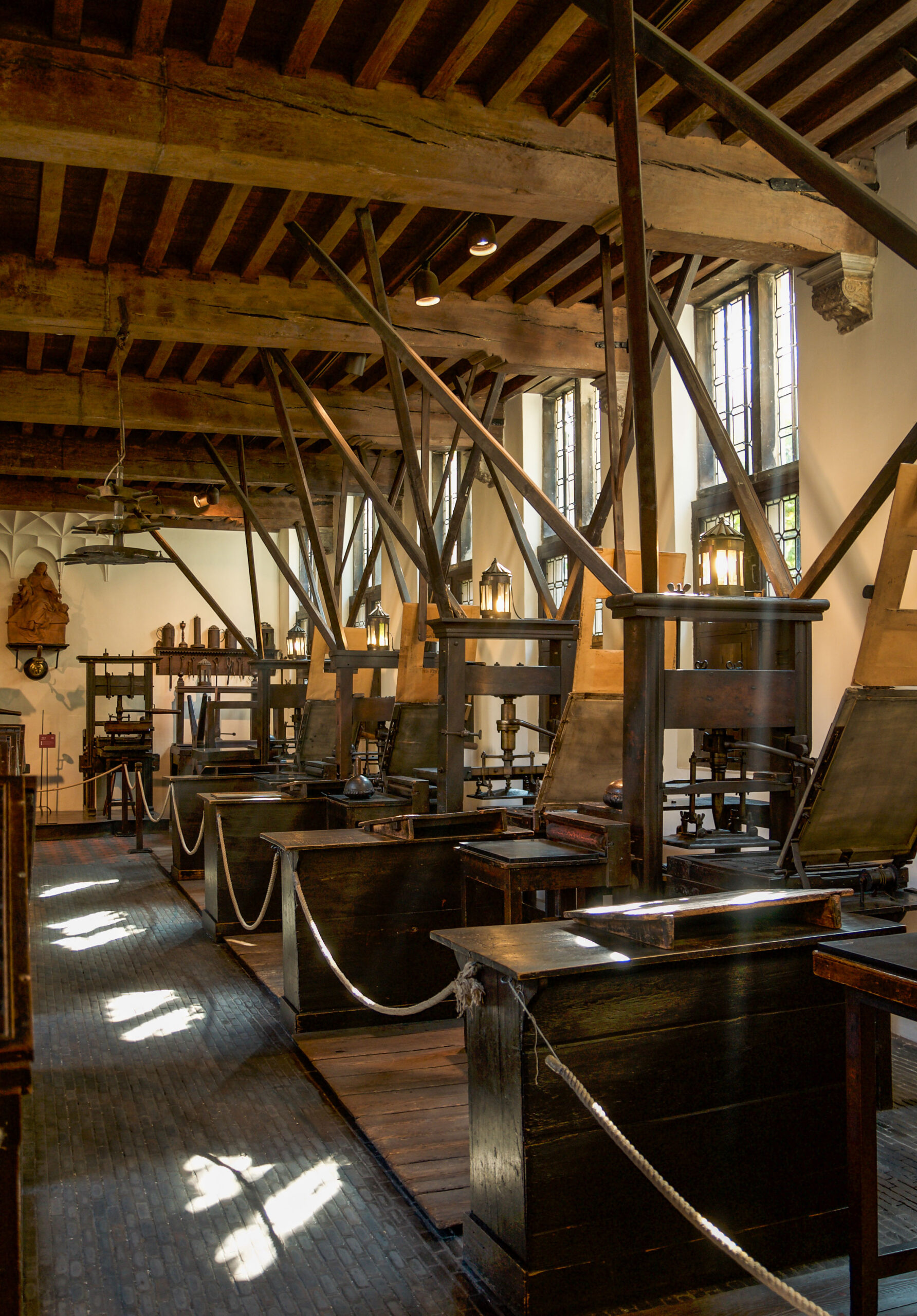
Of other places in Antwerp, The Plantin-Moretus is a unique museum that celebrates the history of European printing through the 16th century workshop and home of the city’s most celebrated printer, Christophe Plantin, which he bequeathed to his son-in-law, Jan Moretus. They printed books and maps – the cartography section being very impressive. There is a copy of the Gutenberg Bible lodged here, together with a collection of material tracing the evolution of printing up to the 19th century when innovations were introduced as a by-product of the Industrial Revolution which rendered the printing work obsolete. Looking at ancient printing presses and some of their products is to marvel at how such a collection has survived in area where bombardment, siege, and troop movements would all seem to mitigate against the existence of such an exquisite place.
I suppose we could have sought out the Diamond district where it has been near the main square since the Middle Ages. Antwerp, through its Jewish population, developed some innovative ways in cutting and polishing of all grades of diamonds. It survived two World Wars. In WWI the Germans captured Antwerp early and held the city for the duration. While there was some hesitation in deporting Jews in WWII to preserve the expertise in diamond cutting, eventually a substantial number of the Jewish population were killed in the various concentration camps, and thus compromising Antwerp’s future.
The Sinjoren, as those who live in Antwerp are nicknamed, are certainly resilient.
I found it amazing that Antwerp was able to hold the Olympic Games less than two years after the Armistice, but given the survival instincts of the population, why should anybody be surprised. Australia was represented at the Games. The flagbearer, George Parker, born in Leichhardt, died in Five Dock, seems to have spent his life walking. At the Antwerp games, he finished second in the 3,000 m walk, beaten by an Italian. The only other Australian medals were awarded in swimming – a silver and a bronze.
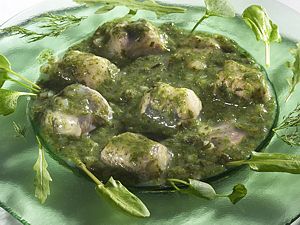 And my lasting impression? Workers eating this green food with chips and mayonnaise. This is palint ‘n groen – eels served with a green sauce made with fresh river herbs and wild leaf vegetables, chervil, sorrel, spinach, watercress and wild garlic leaves. Tasted it – not too bad.
And my lasting impression? Workers eating this green food with chips and mayonnaise. This is palint ‘n groen – eels served with a green sauce made with fresh river herbs and wild leaf vegetables, chervil, sorrel, spinach, watercress and wild garlic leaves. Tasted it – not too bad.
Pride comes before a Fall saith Solomon
When I was undertaking the National Rural Stocktake in 1999, I found it frustrating to arrive at a desert destination to find no-one there. I had to accept that the Aboriginal people spend a substantial amount of their time on “Sorry Business”, which took them away and thus they would be unavailable because one of their number had died. Travelling around Aboriginal communities, I often found a great amount of argument, dispute, aggression – and when I was confronted with stories about harassment and violence, I had to make a decision. Namely, I was not there to deal with the problems of the individual Aboriginal person, unfortunate as that may have been. That deserved a review of its own, and although I made incidental comments, my prime aim was to prosecute the case for developing clinical and public health education facilities in the bush, which occurred with funding allocated in the 2000 Federal Budget.
I was brought up in a whitefella world where Aboriginal people were labelled as “stone age” and hence patronised as if they should be kept in an ethnological zoo. It is not surprising therefore that the bulk of whitefellas just did not know how to communicate with Aboriginal people. At the outset I had not appreciated that being taciturn with whitefellas belied a highly complex system of communication, where verbal was only one of the means. Being able to communicate, whitefella to blackfella is a privilege, as I found out.
As background, I had become aware of the level of discrimination from a young age. It had been coated by kind paternalism. For example, when I was a child in the time of the “picaninny”, I received the Church Missionary Society news from the Roper River Mission in then far off Arnhem Land. The growth of missions, both secular and religious only served to emphasise the separation of the Aboriginals from their Land, which did not become recognised until Aboriginal artistic skill with all its complexity became recognised by whitefellas. When I had gone to Alice Springs in 1951, I came back with a large shield, which languished in the storeroom, because every time I picked it up, my hands were covered with red ochre. Over the years as I collected more Aboriginal artifacts, I began to celebrate the diversity, but not without making errors in walking the line of what was taboo and what not.
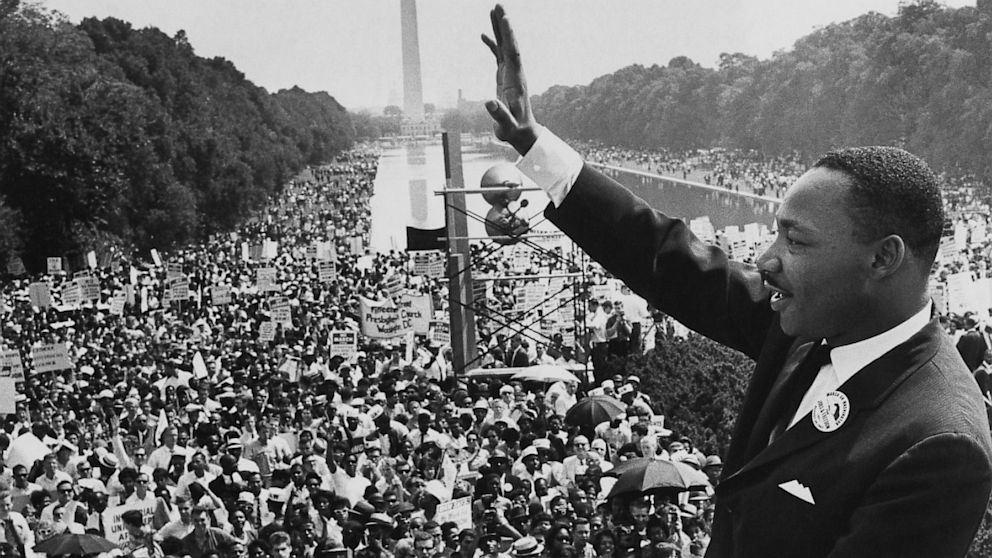
Afro-American emancipation grew out the 1960s’ cry for emancipation led by Martin Luther King and Malcom X and then the black Panthers, injecting an edgy defiance challenging the comfortable world of middle-class America. At the same time, until he was assassinated, King tried to persuade. His was an evolutionary approach, to which he harnessed public opinion for recognition.
Aboriginal advocacy grew alongside. Recognition of Aboriginal identity grew, dispatching the equivalent of “Uncle Tom” as contempt of the so-called the Aboriginal “coconut” – brown on the outside, white on the inside. Aggression has been the watchword, mixed with a litany of Aboriginal grievances such as the stolen generation and life expectancy being continually drilled into us whitefellas, some of whom have succumbed to guilt, preferring to give in; other whitefellas in power have just employed passive resistance. Rather than mollifying the aggressors, the level of J’accuse by the voluble few has increased with bombastic Noel Pearson as one of the leading Accusers.
From Whitlam onwards, governments sought to increase funding and opportunities for Aboriginal people, despite the opposition of some of the parliamentarians. As I have said, symbolism and metaphor are simple; real action is not. I was around at the time of the first aboriginal medical graduates. I saw many of the Aboriginal medical services (AMS) which arose from the Congress model in Alice Springs, and I looked for change. Many of the AMS were clearly dysfunctional, mainly because there was no continuity in the treatment objectives. Congress has been operating since 1975 and it has had a substantial amount of funding. It has had its vociferous defenders, given it has been the oldest Aboriginal Health Service. However, stripping away the “blah-blah” apologia, what has it actually accomplished?
It is a serious question when there is this push for an ephemeral Voice, as though there is a pot of gold at the end of the Indigenous Larynx. I see the ability of the Aboriginal people to contribute and shape our destiny, but I’m afraid I’ll not accept the pompous sullen uninformed Voice of a few Aboriginal people. Some people who should know better are attempting to gain cheap political acclaim, without thinking through what outcome is expected and what it means for the many Aboriginal people who won’t be part of the Voice. The Voice does not have a powerful Champion who can coherently unite an increasingly divided nation. Linda Burney is not that champion; unfortunately, she lacks the intellectual firepower, and those who spring to her defence further weaken her, only serving to exaggerate her deficiencies.

I would prefer Narelda Jacobs and Pat Anderson; but the male Aboriginal able to communicate with those tending to Vote “No” – the critical cohort I believe – should be a Rugby player in Queensland and an Australian Rules player in the West. But perhaps if the women’s football team is triumphant, Sam Kerr will trump every male.
When I undertook the Rural Stocktake, I tried to identify examples of what worked in relation to Aboriginal health, but such success could never be long term because of the harsh reality of the eventual failure to provide a plan for succession. It is not unexpected because so much of Aboriginal success depends on charismatic leadership, which does not necessarily translate to a long term success and is eventually swept under the sands of failure.
I well remember the activities of Geoff Clark and the fate of the Aboriginal and Torres Strait Islander Commission, which he chaired. This fiasco has not come into the conversation about the Voice, even though Geoff Clark was never short of a word. In the end at a time in Australia when funding is short, homelessness is on the rise and where poverty has increased, to see affluent, mostly university-affiliated sections of the Aboriginal community continually meeting in a non-wintry part of the country and complaining about their lot, begins to grate. The Mayor of Broken Hill may not be the most subtle of individuals but in explaining why the Council would not in future pay for “welcome to country” or smoking ceremonies by Aboriginal elders made it clear when questioned responded: “Why should he pay for welcoming people to his Land.”
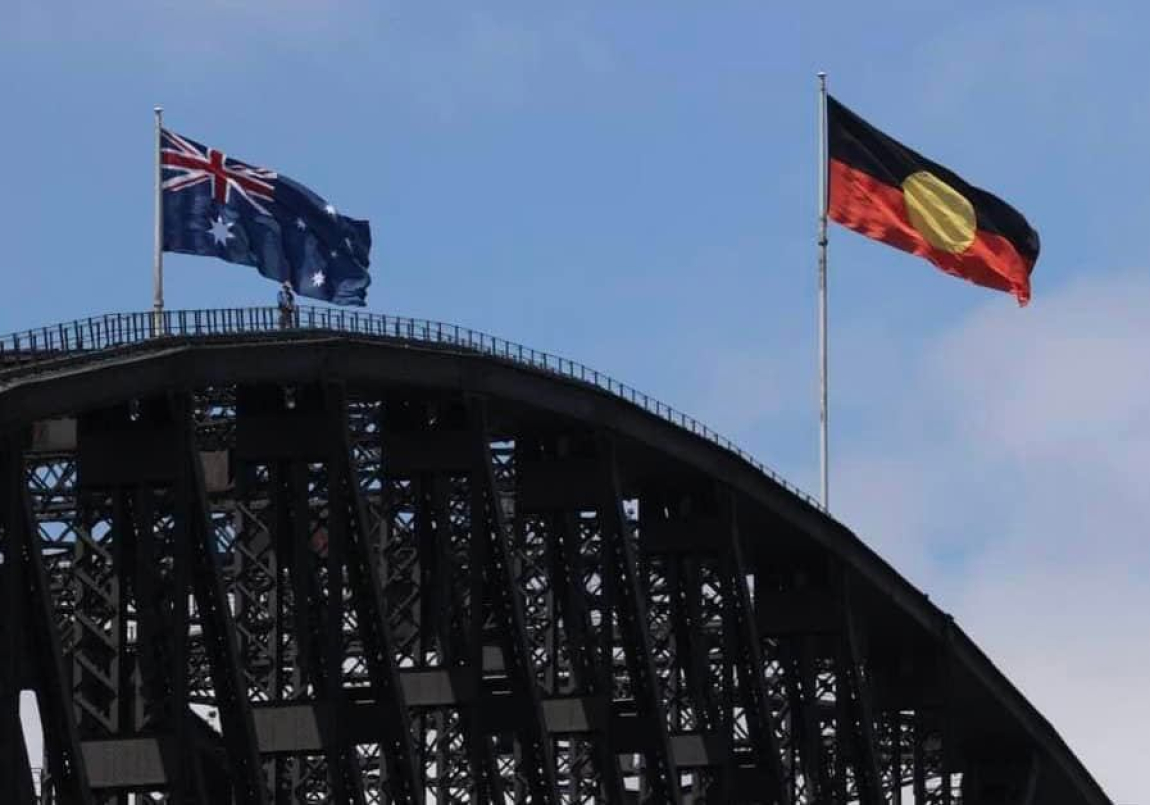 Grievances are met with counter grievance. As someone said, looking at the Aboriginal flag and the Australian flag flying alongside each other on the Harbour Bridge, why? The same person sees the Aboriginal flag as a sign of division and the Australian flag as an embarrassing relic – both to be replaced by a single flag for everyone in the country. Personally, I believe the Aboriginal flag should be the Australian flag rather than the colonial relic. But to me whose ancestors have occupied the country as part of the Celtic diaspora, the Eureka flag flown first by the Ballarat miners during their 1854 insurrection also epitomises that Australia is my Land – and let nobody forget that. I too have a Voice. That is precious privilege of Democracy.
Grievances are met with counter grievance. As someone said, looking at the Aboriginal flag and the Australian flag flying alongside each other on the Harbour Bridge, why? The same person sees the Aboriginal flag as a sign of division and the Australian flag as an embarrassing relic – both to be replaced by a single flag for everyone in the country. Personally, I believe the Aboriginal flag should be the Australian flag rather than the colonial relic. But to me whose ancestors have occupied the country as part of the Celtic diaspora, the Eureka flag flown first by the Ballarat miners during their 1854 insurrection also epitomises that Australia is my Land – and let nobody forget that. I too have a Voice. That is precious privilege of Democracy.
Brisbane – The Novel
Having won the Solzhenitsyn Prize, the Big Book prize, and the Yasnaya Polyana Literary Award, as well as having been short-listed for the National Bestseller Prize and the Russian Booker Prize, Eugene Vodolazkin has emerged in the eyes of many as the most important living Russian writer.
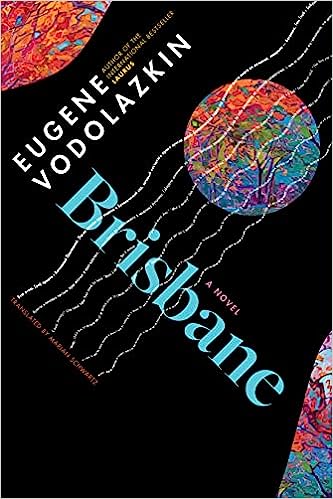 I was thumbing through a recent issue of the NYRB and came across a review by the above author. The book was entitled Brisbane. Given that Brisbane and Russian literature are not ready companions, I read the review. On reading this, it seemed to be just an extension of my perspective of Russian literature, telling the Russian story where Death is an ever-present metronome of the various degrees of misery and cruelty which pockmark the whole literary Russian Treasury of the mysteries of life. These mysteries have always been palpable in the Russian Orthodox liturgy, and in its extraordinary church music, where it soars from the depths to the heights. Terra ad caelium.
I was thumbing through a recent issue of the NYRB and came across a review by the above author. The book was entitled Brisbane. Given that Brisbane and Russian literature are not ready companions, I read the review. On reading this, it seemed to be just an extension of my perspective of Russian literature, telling the Russian story where Death is an ever-present metronome of the various degrees of misery and cruelty which pockmark the whole literary Russian Treasury of the mysteries of life. These mysteries have always been palpable in the Russian Orthodox liturgy, and in its extraordinary church music, where it soars from the depths to the heights. Terra ad caelium.
Why is this novel called Brisbane? It is about Gleb Vanovsky, a celebrated Russian guitarist who, at the age of fifty, is diagnosed with Parkinsonism which not only inhibits his ability to play the guitar but also ultimately will kill him. He has a biographer named Sergei Nesterov who, offering to write his biography, sets about establishing this dual perception of Vanovsky’s early life from each of Vanovsky’s and Nesterov’s perceptions. The second part of the novel details what has happened since his diagnosis. It seems from reading that it is a novel about various interpretations of the meaning of life.
And what of the Brisbane allusion? Apparently Vanoksky’s mother was enamoured by the image of Brisbane as a subtropical Utopia and had an Australian male correspondent, who said she should come. Unfortunately, she was killed on the way to the airport by some thugs. So Russian!
Ah, the Russian tome called Brisbane. The author was born in Kyiv but has spent most of his life in Russia.
Premier Palaszczuk with her Polish heritage should be indeed interested in such a view of Brisbane as Utopia. But watch out going to a Russian airport.
Mouse Whisper
My mäusemaister has this obsession whence Melania Trump has gone. She seems to have vanished to Europe – no longer the lady hand in hand with the Trump. The prominent Irish author Fintan O’Toole, in a recent response to criticism of an article of his appearing in NYRB, has suggested that Cohen, the lawyer and once Trump confidant but who has now decamped from his side to be a pigeon with a stool, is one reason for the disappearance. He was told by Trump to pay Stormy Daniels and tell Melania that the payment was made to avert Daniels’ “fake story” about Trump himself.
As Trump was reported to have said, paying Daniels off was far cheaper than a divorce settlement, as Trump wanted his wife to be mollified. O’Toole opens up another front on the besieged Trump – the circus of a potential divorce. He is probably only saved by Melania not wanting her laundry aired, well at least not before it is appropriately washed.

